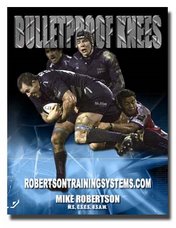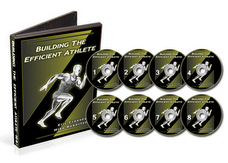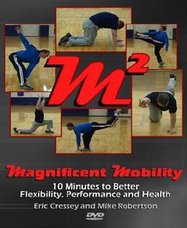One of the most critical (yet underappreciated) components of training is quality.
Before my knee surgery, I was a huge proponent of the Modified 5x5 program for training. I still love the protocol, but the caveat here is making sure your training quality is optimal.
When I first started this training cycle, I was 24 years old and willing to do anything to bring my squat up. Over course of two years I brought my squat up from 407 pounds to 530 pounds, something that I’m quite proud of. I feel like the squat is the most mentally challenging lift (especially when performed in a powerlifting meet), so while 530 isn’t the biggest number out there it’s something I worked hard to achieve.
Problem was, I think there were times when I got a little lax with my quality. Part of that is coaching: You need a quality coach watching you and reinforcing flawless technique on each rep. That’s not as easy as it sounds. Another part of it is maturity – at 24, you’re more interested in getting the volume in, even if you get “loose” on a few reps.
No more.
I’ve been letting quality volume dictate all my current training. I have an idea of what weights I want to handle on each day, and then I’m letting the quality of my training dictate how much volume I take. So if my goal is hit around 85 or 90% of my max deadlift, I’ll hit that weight as many times as I can while maintaining perfect technique. The first rep that feels off, I stop. Ideally, you stop right before this rep, but it’s largely a matter of feel and listening to your body. I’m getting there with this.
For example let’s say you’re squatting and your goal is to hit 5 sets of 5 at 315. But as you’re moving along to your third set, you feel like you’re starting to fatigue and the technique slips just slightly. STOP! Either stop the set, or stop the workout, the choice is yours.
Maybe you need to get the volume in, but can’t do it within sets of 5. That’s fine – instead break it down to sets of 2 or 3 and maintain that flawless technique from rep to rep.
This is why I’m quickly becoming a huge proponent of singles, even if it’s not of the max effort variety. Constantly working on the set-up and perfect technique on every rep is much more mentally taxing than “blasting” through a set of five where you technique fails around rep number three. Those final two reps aren’t doing nearly as much for you as they should.
Next time you’re in the gym, focus on hitting high-quality reps on each and every exercise. Not only will you need less volume, but you’ll feel better and probably move more weight to boot!
Stay strong
MR
High Octane Corrective Exercise and Performance Enhancement | www.RobertsonTrainingSystems.com
Thursday, September 20, 2007
Subscribe to:
Post Comments (Atom)









No comments:
Post a Comment